A Mule application includes a subflow containing a Scatter.Gather scope. Within each log of the Scatter.Gatter. an HTTP connector calls a PUT endpoint to modify records in different upstream system. The subflow is called inside an Unit successful scope to retry if a transitory exception is raised.
A technical spike is being performed to increase reliability of the Mule application.
Which steps should be performed within the Mule flow above the ensure idempontent behavior?
Refer to the exhibit.
A Mute Object Store is configured with an entry TTL of one second and an expiration interval of 30 seconds.
What is the result of the flow if processing between os’store and os:retrieve takes 10 seconds?
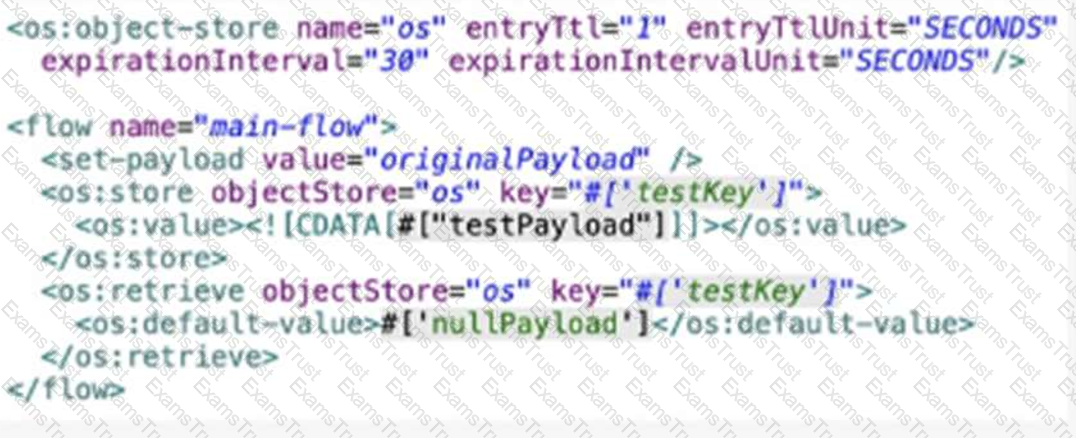
Multiple individual Mute application need to use the Mule Maven plugin to deploy to CloudHub.
The plugin configuration should .. reused where necessary and anything project, specific should be property-based.
Where should the Mule Maven details be configured?
A developer deploys an API to CloudHub and applies an OAuth policy on API Manager. During testing, the API response is slow, so the developer reconfigures the API so that the out-of-the-box HTTP Caching policy is applied first, and the OAuth API policy is applied second.
What will happen when an HTTP request is received?
A mule application exposes and API for creating payments. An Operations team wants to ensure that the Payment API is up and running at all times in production.
Which approach should be used to test that the payment API is working in production?
The Center for Enablement team published a common application as a reusable module to the central Nexus repository.
How can the common application be included in all API implementations?
An order processing system is composed of multiple Mule application responsible for warehouse, sales and shipping. Each application communication using Anypoint MQ. Each message must be correlated against the original order ID for observability and tracing.
How should a developer propagate the order ID as the correlation ID across each message?
Refer to the exhibit.

The flow name is ‘’implementation’’ with code for the MUnit test case.
When the MUnit test case is executed, what is the expected result?
Which statement is true when using XML SDK for creating custom message processors?
A Mule application contain two policies Policy A and Policy A has order1, and Policy B has order 2. Policy A Policy B, and a flow are defined by he configuration below.
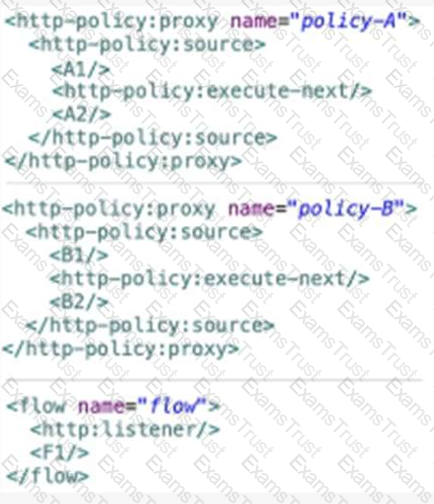
When a HTTP request arrives at the Mule application’s endpoint, what will be the execution order?
When registering a client application with an existing API instance or API Group instance, what is required to manually approve or reject request access?
A heathcare customer wants to use hospital system data, which includes code that was developed using legacy tools and methods. The customer has created reusable Java libraries in order to read the data from the system.
What is the most effective way to develop an API retrieve the data from the hospital system?
A scatter-gather router is configured with four routes:Route A, B, C and D.
Route C false.
Which type of cache invalidation does the Cache scope support without having to write any additional code?
A Mule API receives a JSON payload and updates the target system with the payload. The developer uses JSON schemas to ensure the data is valid.
How can the data be validation before posting to the target system?
Which plugin or dependency is required to unit test modules created with XML SDK?
Refer to the exhibit.
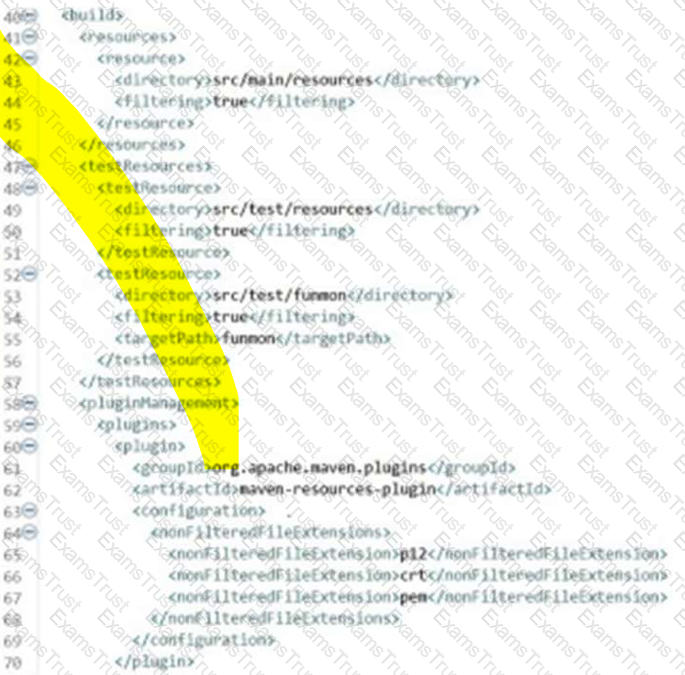
A Mule application pom.xml configures the Maven Resources plugin to exclude parsing binary files in the project’s src/main/resources/certs directory.
Which configuration of this plugin achieves a successful build?
A)
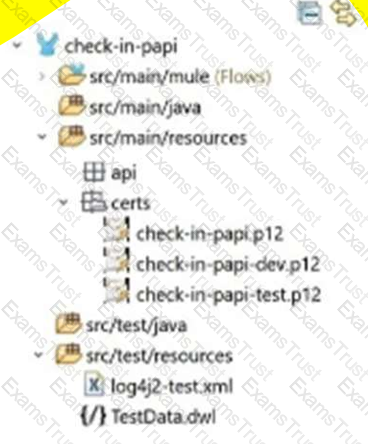
B)
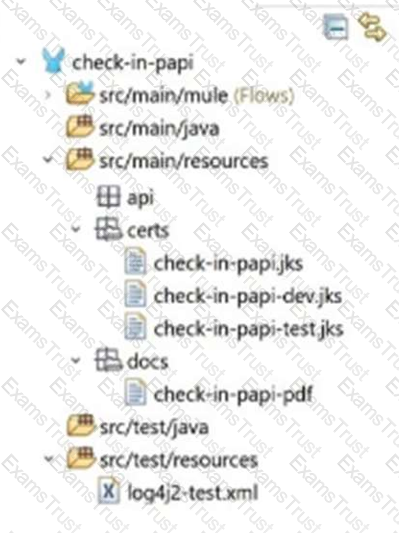
C)
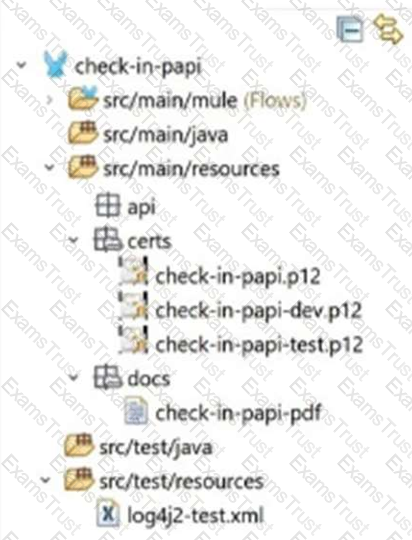
D)
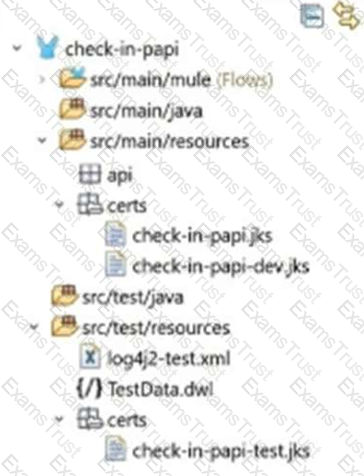
Which pattern should be used to invoke multiple HTTP APIs in parallel and roll back failed requests in sequence?